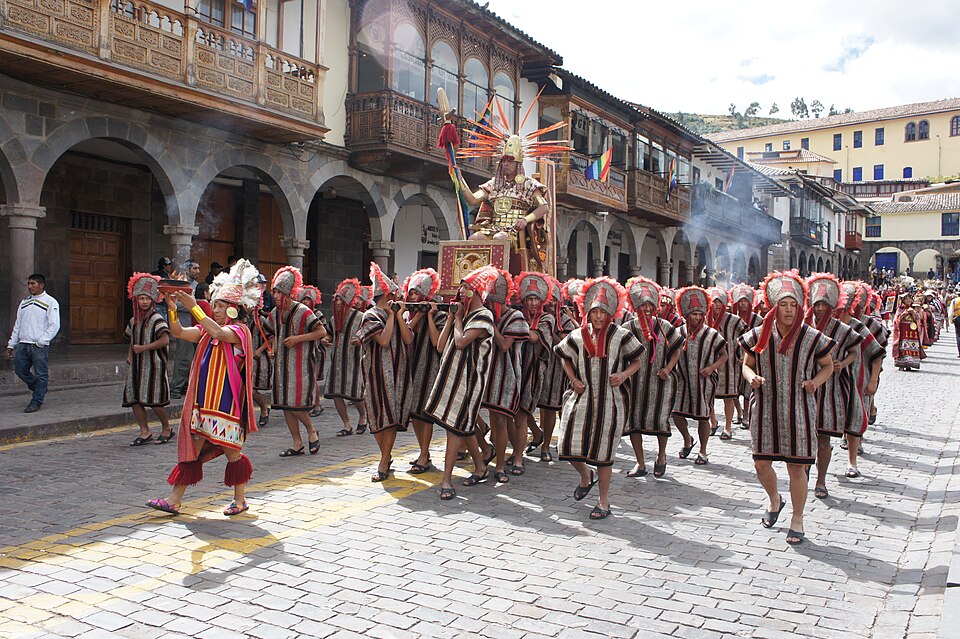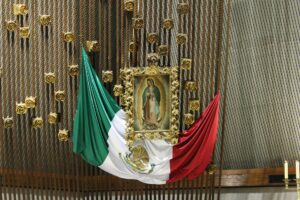Peru’s Inti Raymi: La Fiesta del Sol
Every year on June 24, the city of Cusco, Peru, transforms into a living tapestry of Incan history during Inti Raymi, or la Fiesta del Sol (The Feast of the Sun). Rooted in ancient Andean cosmology, Inti Raymi was one of the most important celebrations of the Inca Empire. It honored Inti, the sun god and mythological ancestor of the Incas. Today, the festival lives on as both a cultural revival and a major tourist attraction that blends history, performance, and community pride.
Origins and History of Inti Raymi
The original Inti Raymi dates back to the 15th century. Pachacútec, the ninth Inca ruler, initiated the festival. Incans celebrated it at the time of the winter solstice in the Southern Hemisphere—the shortest day of the year and the beginning of a new agricultural cycle. For the Inca, the sun was sacred. Without its warmth and light, crops could not grow, and society would collapse. Inti Raymi was a ritual of renewal, asking Inti to return and bless the land with abundance.
The celebration lasted several days and included procesiones (processions) and sacrificios (sacrifices) of llamas and other animals. There were also offerings of chicha (a traditional fermented corn drink) and k’intus (bundles of coca leaves). The ceremonies were highly symbolic and reserved for the elite—nobles, priests, and Inca royalty.
After the Spanish conquest in the 16th century, colonial forces including the Catholic Church banned Inti Raymi. For centuries, it survived only in oral tradition. Then, in 1944, a Peruvian writer and actor named Fausto Gutiérrez helped stage the first modern reenactment in Cusco, launching the revival we see today.
Modern Celebrations of Inti Raymi
Today, Inti Raymi is celebrated with a spectacular theatrical reenactment involving hundreds of performers in traditional Incan attire. The main events take place in three locations:
- El Qoricancha (Temple of the Sun): The day begins with a ritual in front of this ancient temple, once the most sacred site in the Inca Empire.
- La Plaza de Armas: The central square of Cusco hosts a symbolic meeting between the Inca and local leaders, celebrating the unity of the people.
- Sacsayhuamán: On a hill above the city, a dramatic reenactment of the main Inti Raymi ceremony unfolds. This includes music, dance, and the ritual ofrenda al Sol (offering to the sun).
Visitors hear the actors speaking in Quechua, the language of the Inca, and watch colorful danzas (dances) performed in traditional costumes. While no real sacrifices occur, the ceremony aims to preserve the espíritu ancestral (ancestral spirit) of the original event.
Customs and Foods of Inti Raymi
Though the central event is largely ceremonial, Cusco comes alive with festivities. Locals and tourists greet each other with ¡Felices fiestas del Sol! and enjoy street fairs, parades, and traditional music.
Typical foods eaten during the celebration include:
- Cuy chactado (fried guinea pig), a festive dish often served during special occasions.
- Pachamanca, a traditional meal cooked underground with hot stones, usually featuring meat, potatoes, and corn.
- Tamales made from corn and wrapped in leaves.
- Chicha morada, a non-alcoholic purple corn drink, popular during the festivities.
Vendors also sell artisanal crafts, woven textiles, and replica Incan jewelry. The ambiente (atmosphere) is one of pride and joy, as Cusco embraces its heritage.
Cultural Significance of Inti Raymi
Inti Raymi is more than a performance. It is an act of cultural resilience. For many Peruvians, especially those of Quechua descent, it is a chance to reconnect with their raíces indígenas (indigenous roots) and celebrate a worldview that values harmony with nature, community, and spirituality. It also serves as a reminder of Peru’s rich pre-Columbian history, surviving despite centuries of colonialism and modernization.
Whether you’re a history lover, a language learner, or a cultural explorer, Inti Raymi offers a window into the heart of the Andes. It is a festival where past and present shine together under the blessing of the sun. ¡Felices fiestas del Sol!
Get on the road to speaking Spanish with the Language Garage!
We hope you’ve enjoyed learning about Peru’s Inti Raymi. If you’d like to learn more:
- Follow us on Facebook, LinkedIn, BlueSky, Twitter, Threads, Mastodon, Instagram, or Pinterest. We publish lots of Spanish vocabulary, grammar, and culture notes, so it’s a great way to pick up some new vocabulary and practice.
- Check out our other posts on Spanish language, culture, and more.
- Enroll in affordable, flexible, and personalized private online Spanish lessons or sign up for a small group online Spanish class.
- Create a free Language Garage account to access tons of Spanish vocabulary, grammar, and culture.






